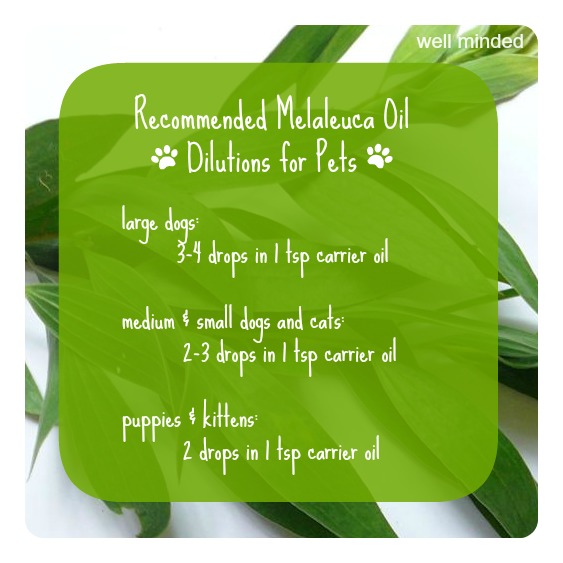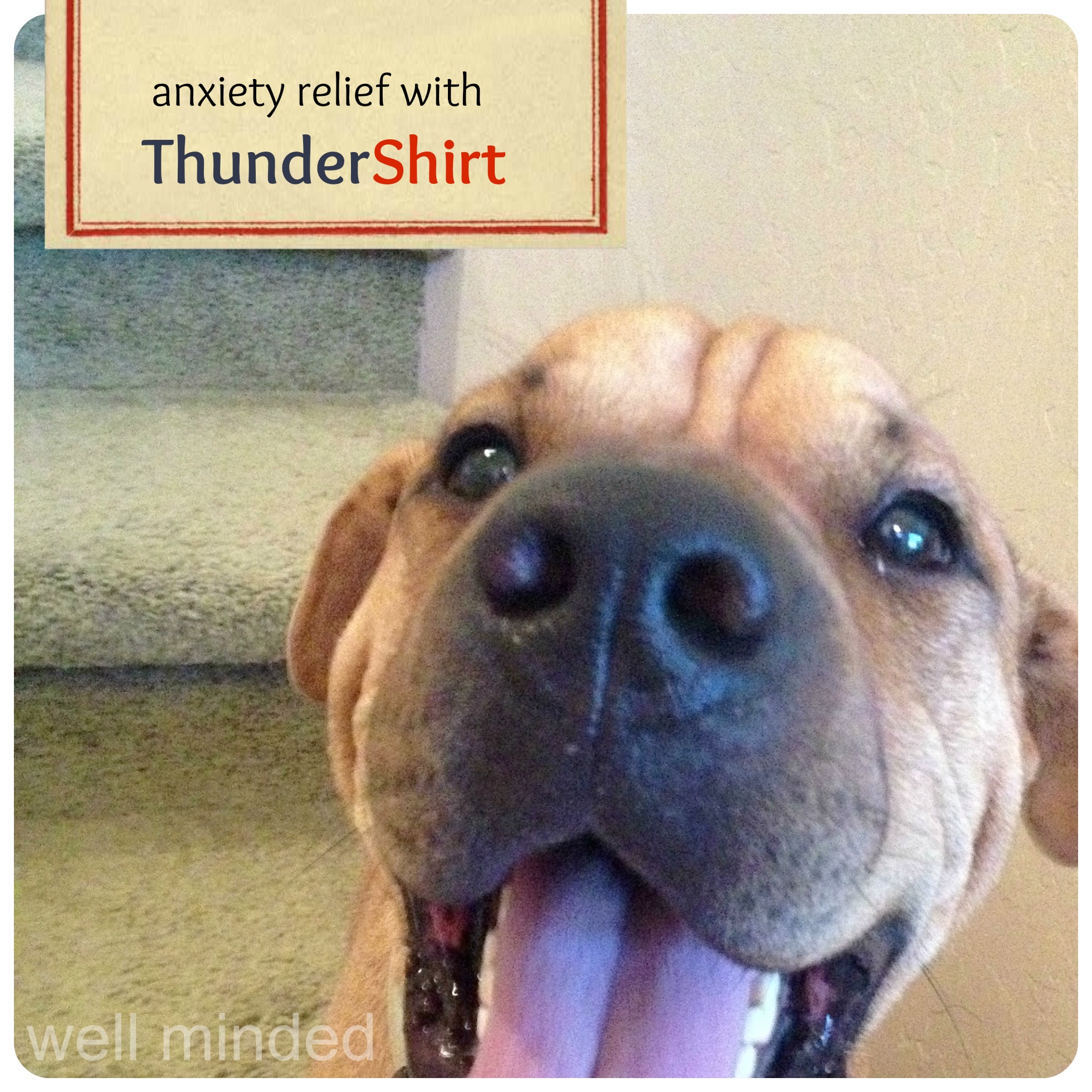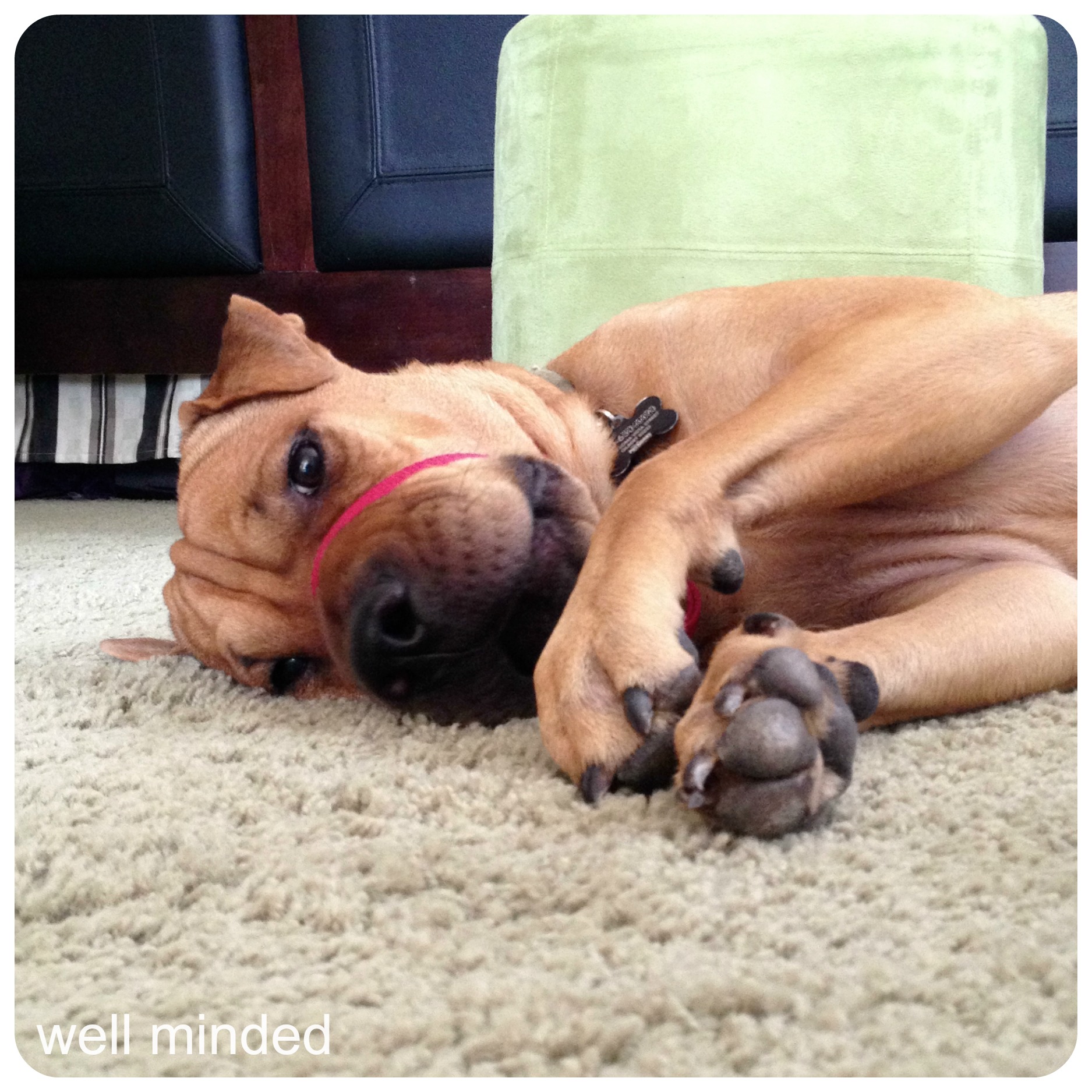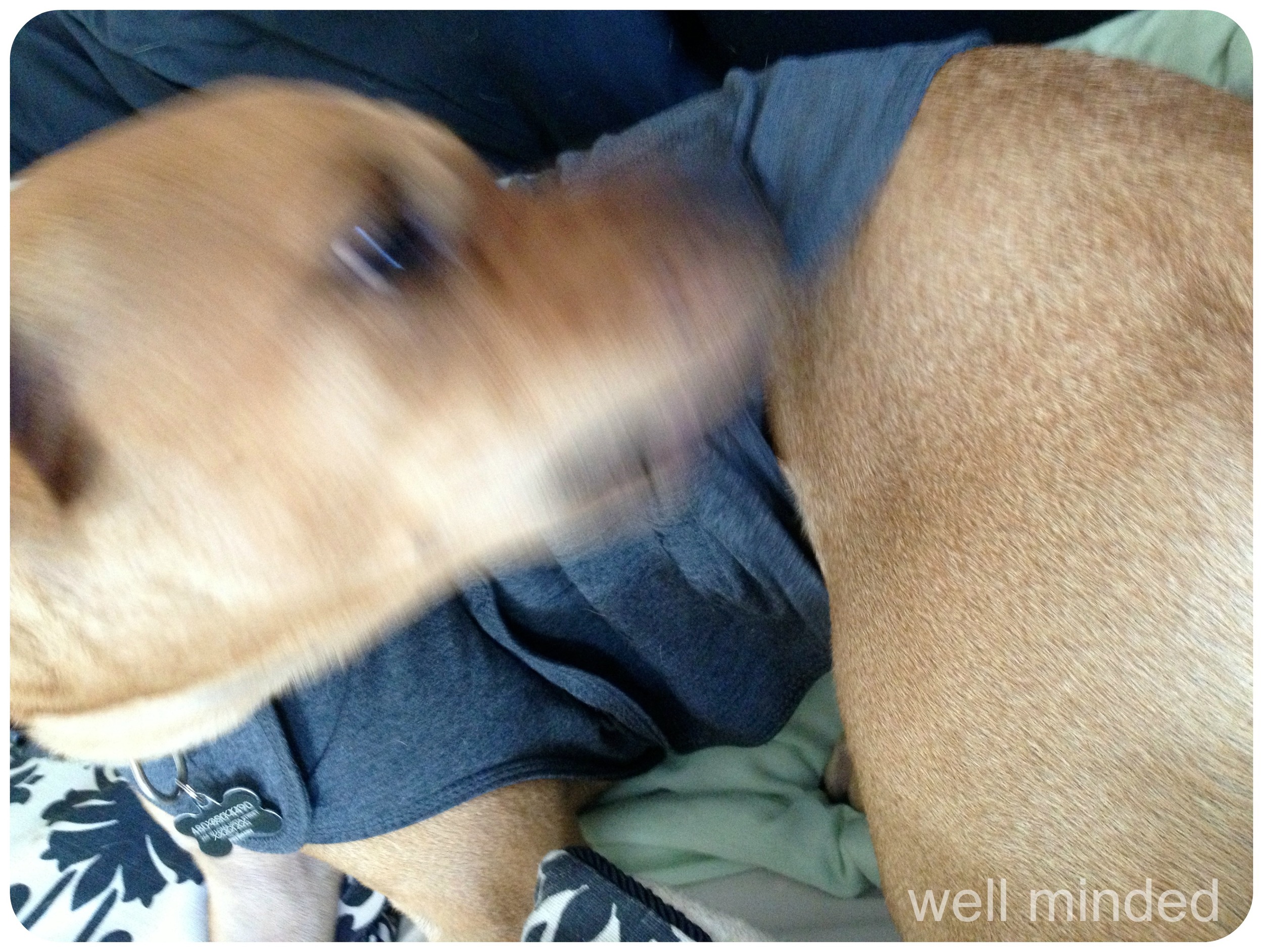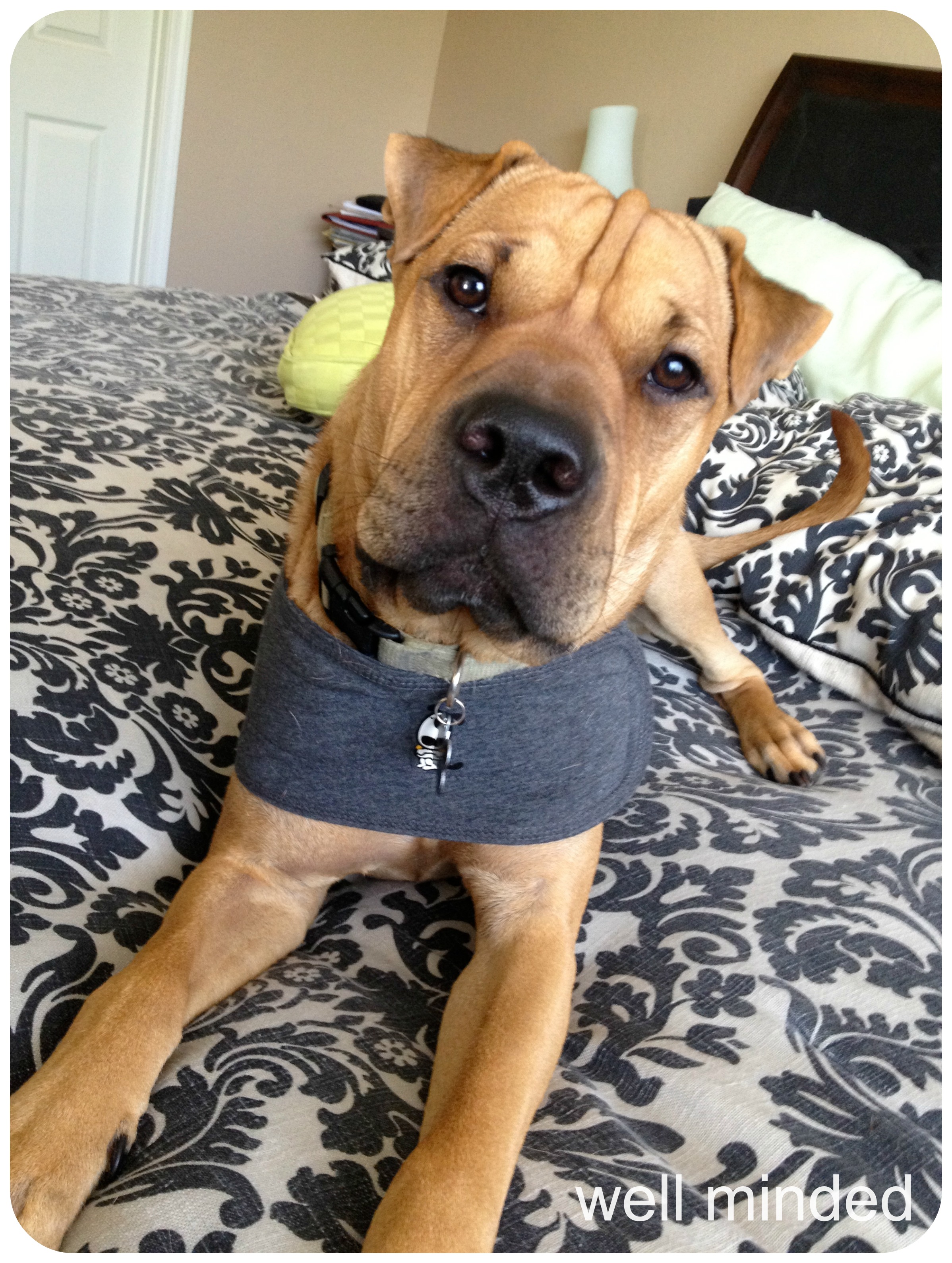I have a confession to make.
It's not something I advertise or want my clients to know. In fact, I go to great length to hide this fact from new clients, especially:
I am a professional pet sitter and pet blogger who is allergic to animals.
Huh?
Yes, you heard me correctly.
This fact that I have not revealed publicly came to mind recently because I had a consult with a lovely, yet exuberant, English Bulldog who I was pretty darn allergic to. She basically wanted to make out, and, of course, I wanted to, too! I did pet her lots, which I intend to do during each and every visit, but I had to do my best to hide my "disease" to her human parents. During our discussion of the ins-and-outs of this pooch's routine, I fought back the sneezes. As soon as I sneeze once, it's all over. Best to keep it under wraps, if possible. I let my eyes water a bit, instead. I feel like if my allergy is apparent during a consult (when it is likely at its worst), my new clients might feel I'm less than capable or feel insulted that I think their animal is "dirty," neither of which is the case.
When I left the consult, the insides of my arms were welted up from the cuddles and my cheek was red from kisses. Sigh.
Does this stop me? No way! I am madly in love with this dog already. She'll get kisses and pets from me no matter what. It's part of the job. And, besides, I love it.
The good news? The more I pet and kiss her, the better things will be. My method of treating this allergy is to build up a natural tolerance. I do not take medication. I am lucky because my allergy to animals does not affect my breathing. Those who have trouble breathing around animals should not use this method.
treating my animal allergies through exposure
This is my inside forearm a couple of hours after my consult.
My allergy is primarily a contact allergy, accompanied by sneezing. That means that my skin welts up and itches in areas where I've had contact with the animal's fur or saliva. You can tell when I've been "making out" with an animal because I come home with a fat lip and itchy arms. The worst is when I accidentally rub my eyes after petting an animal. Itchy, puffy eyes result, and the symptoms take hours to subside.
Instead of popping pills or taking injections, I treat my allergy by increasing my contact with these animals and building up a tolerance. I know...sounds crazy. It's a bit uncomfortable at first, but, in the long run, it's effective! I am not at all allergic to my own pets or those I see on a regular basis. I have lots of contact with them, and my immune system has built up a tolerance.
I am most allergic to dogs, cats, small caged animals, horses, and goats. I am also highly allergic to hay, so any animal who eats hay is a double-whammy (horses, guinea pigs, etc.). Brand-new clients definitely have a break-in period for me. I just love on them as much as possible, and after a few visits, things get better. My body fights off the allergen. I also notice that certain dog breeds cause a more severe allergic reaction in me than others. Contrary to popular belief, it's not about fur length. It's about dander and saliva. Frequent grooming helps, but only a little.
The toughest breeds for me are labs and retrievers because their skin typically carries a lot of dander, even when groomed well. Bulldogs and pugs, and other flat-faced breeds are also tough because they typically rub and project saliva on to those around them. Do I love these breeds any less? ABSOLUTELY NOT! In fact, they are some of my favorites!
Thankfully, I am not allergic to fish, reptiles, or birds.
So, yes, I'm a pet sitter and pet blogger who is allergic to pets, and I treat my symptoms naturally, if unconventionally. Please don't hold it against me.




